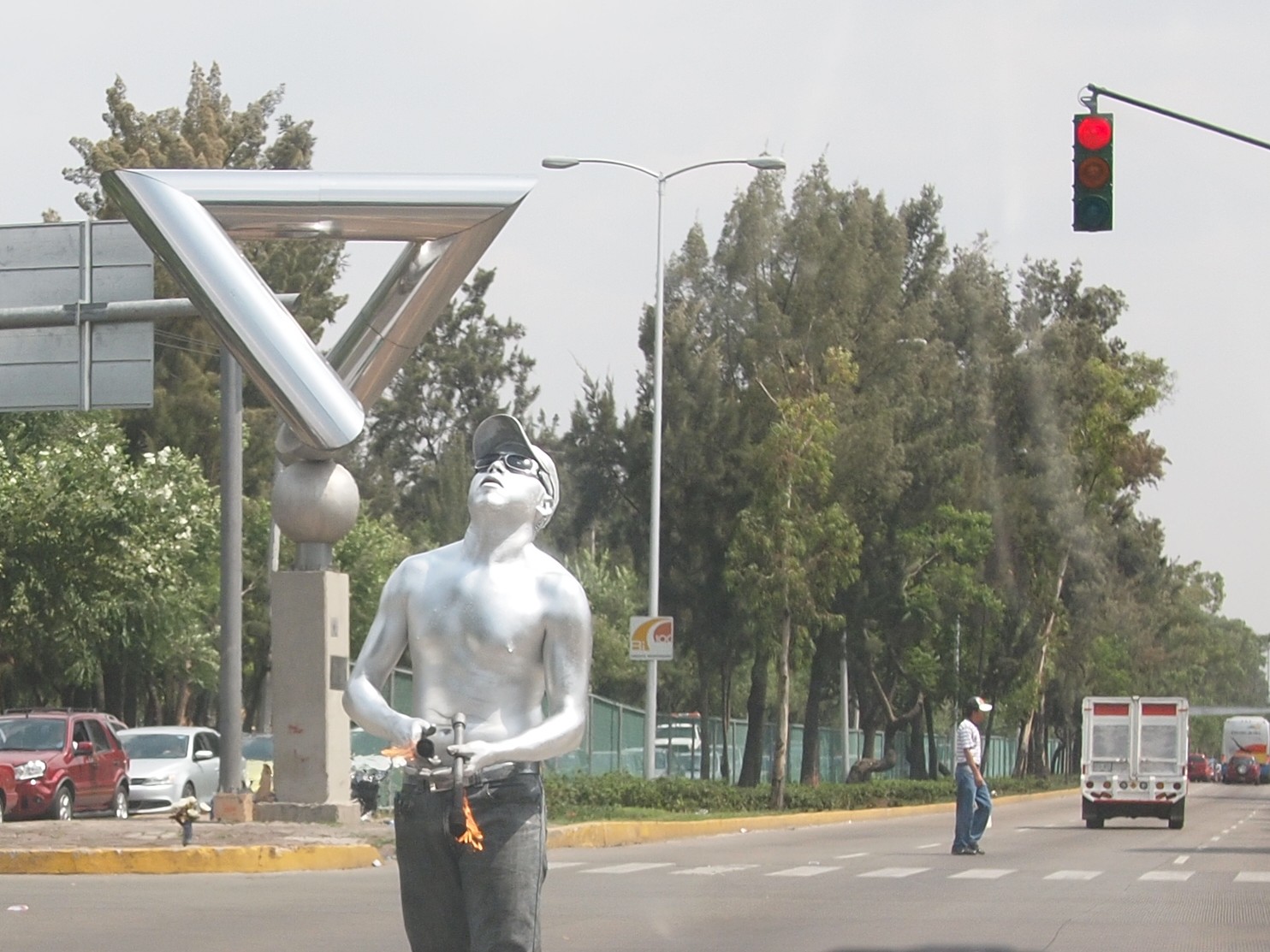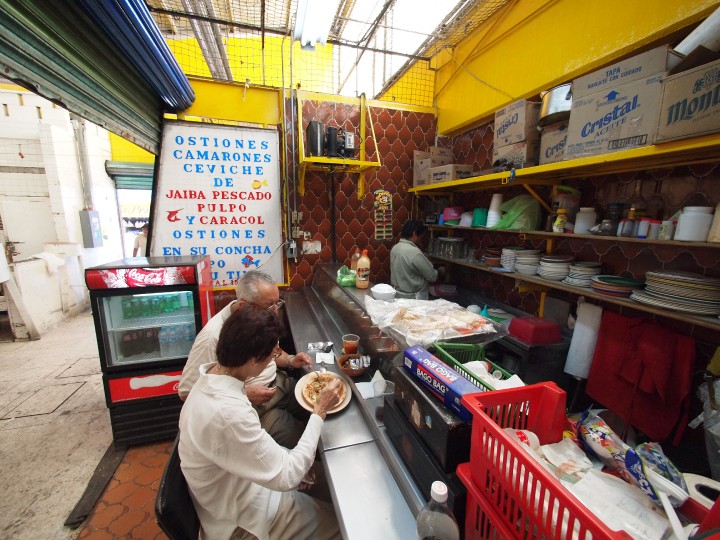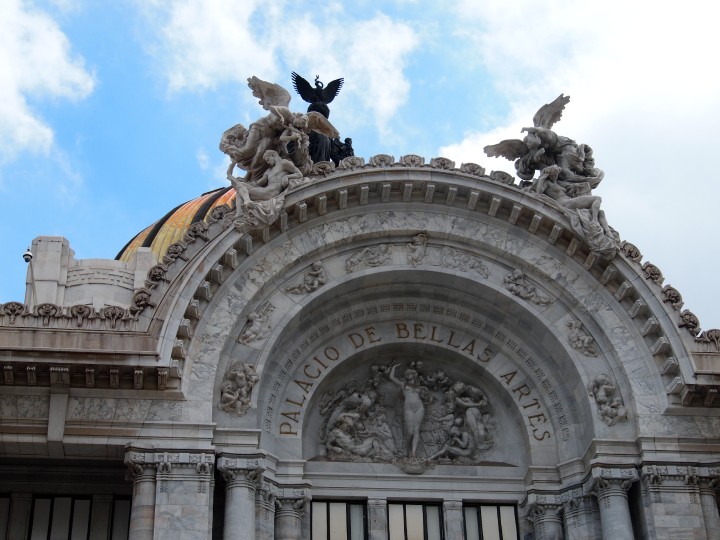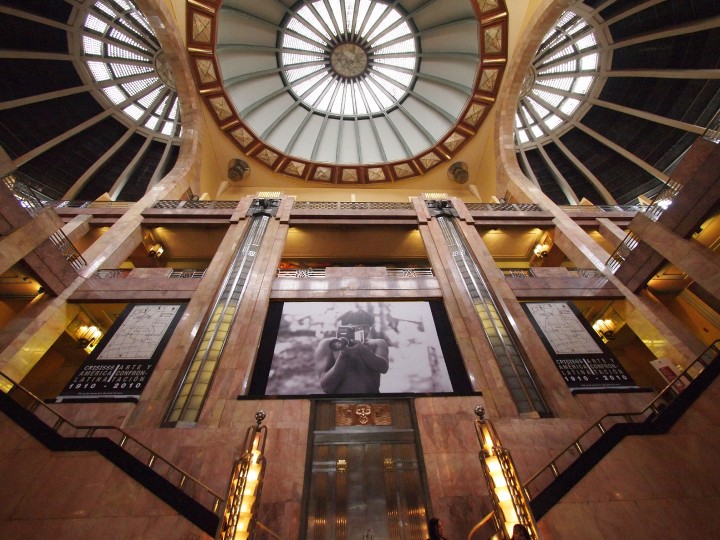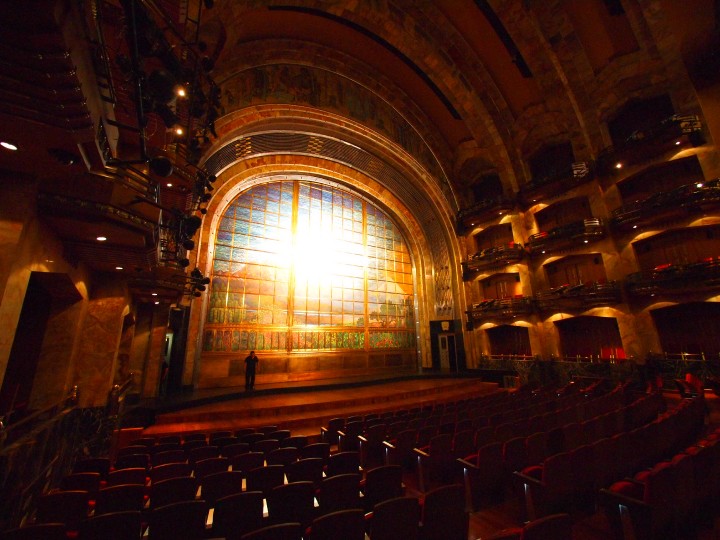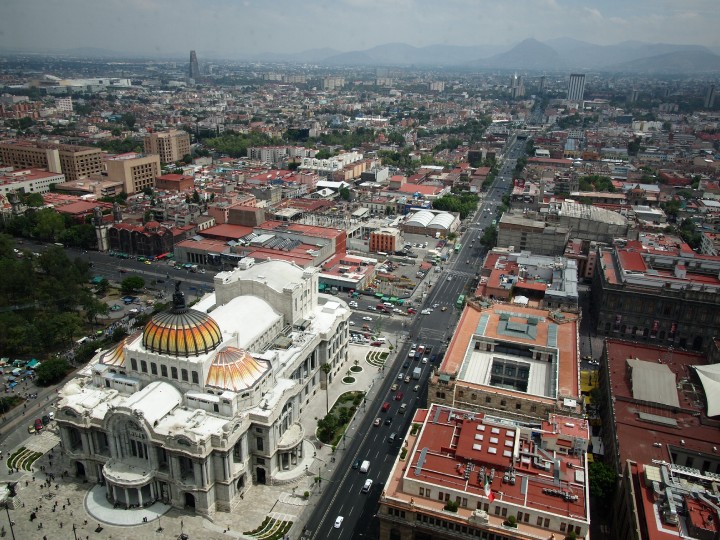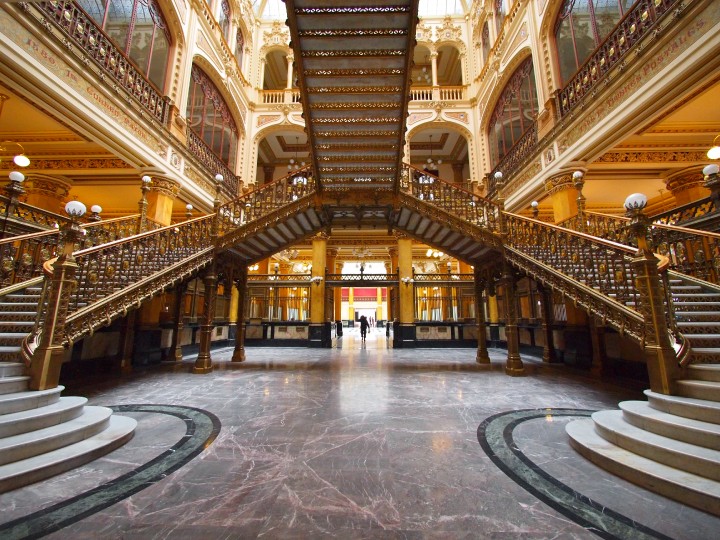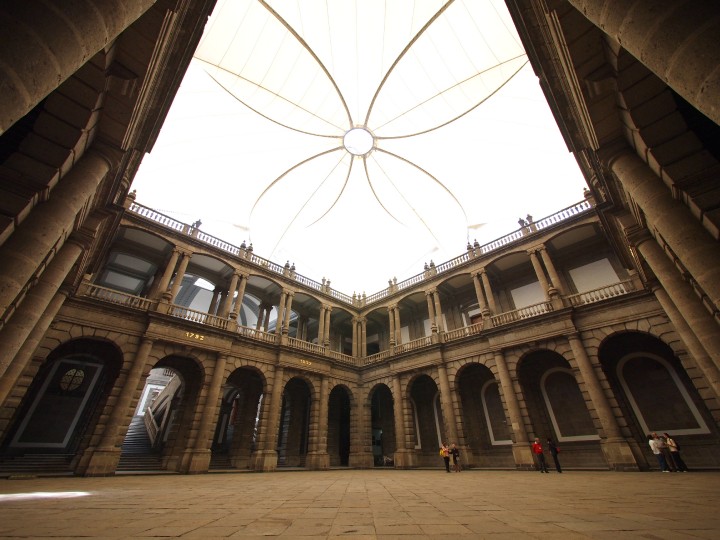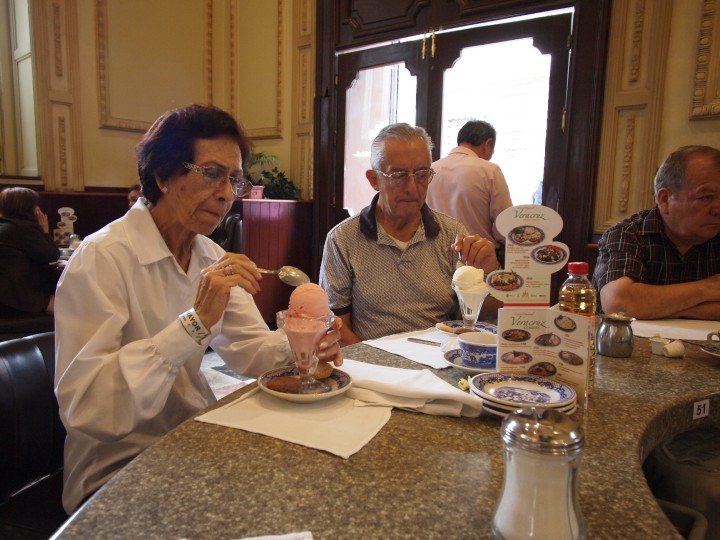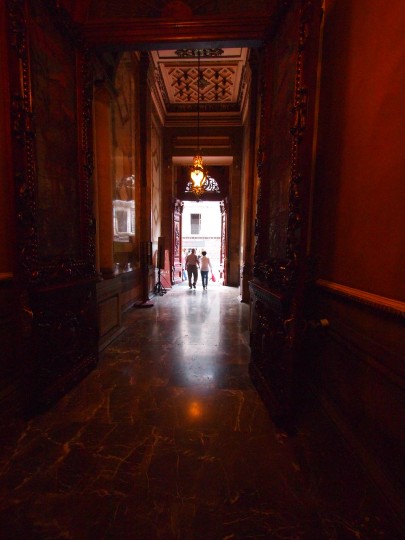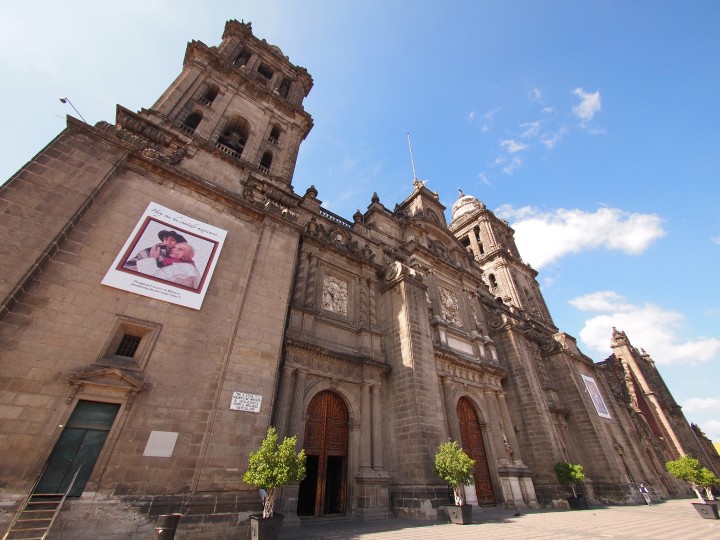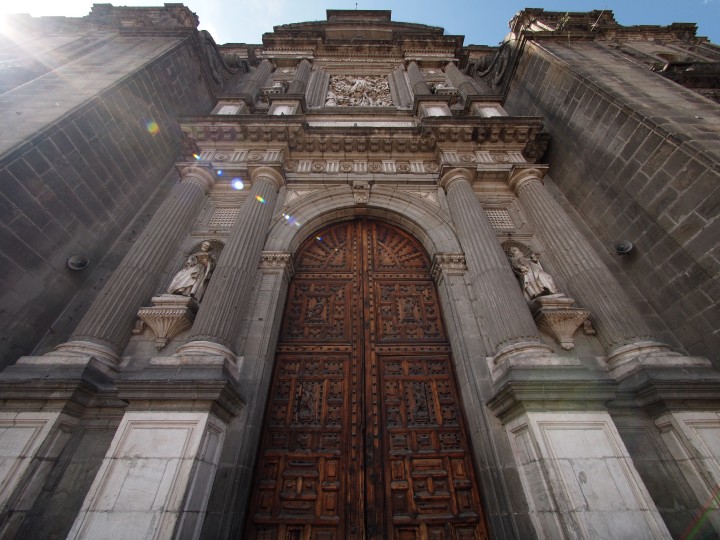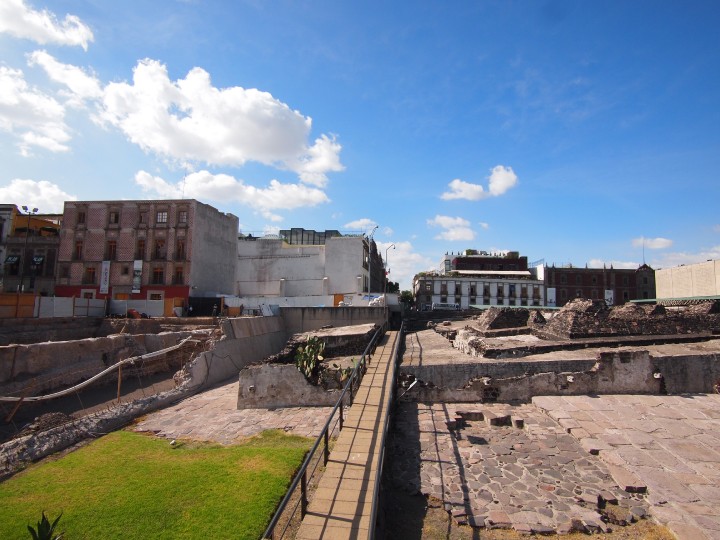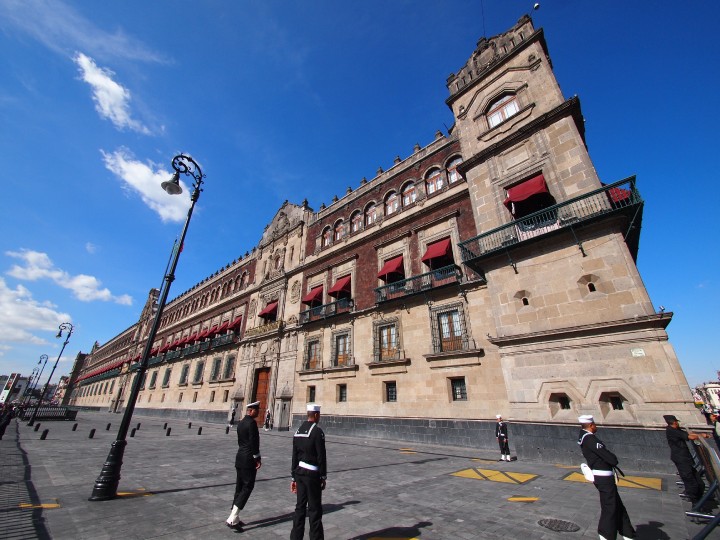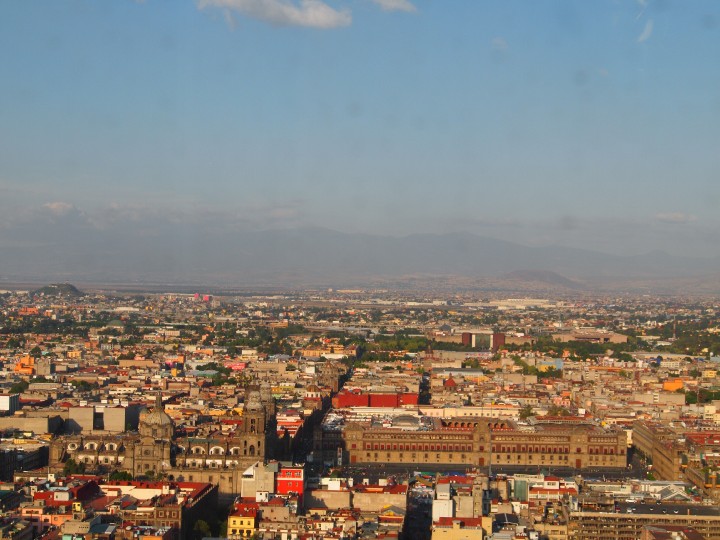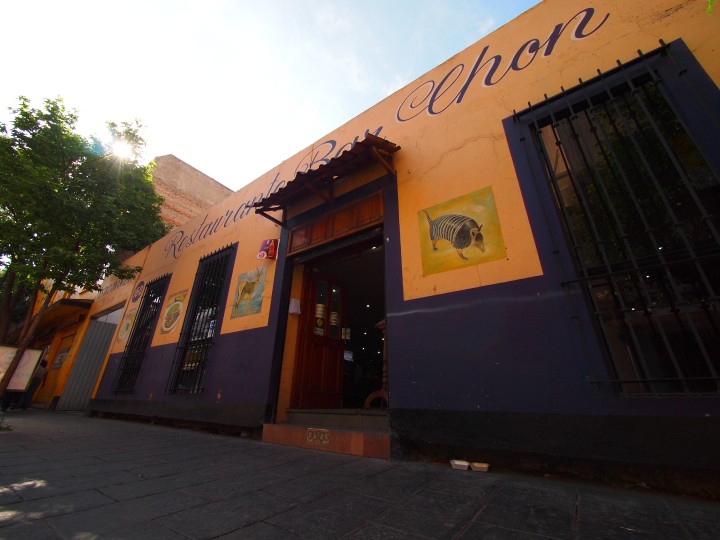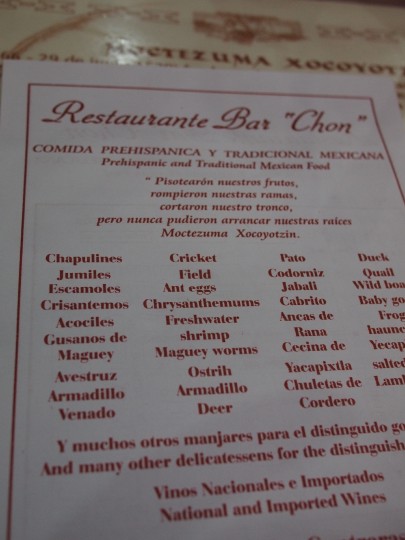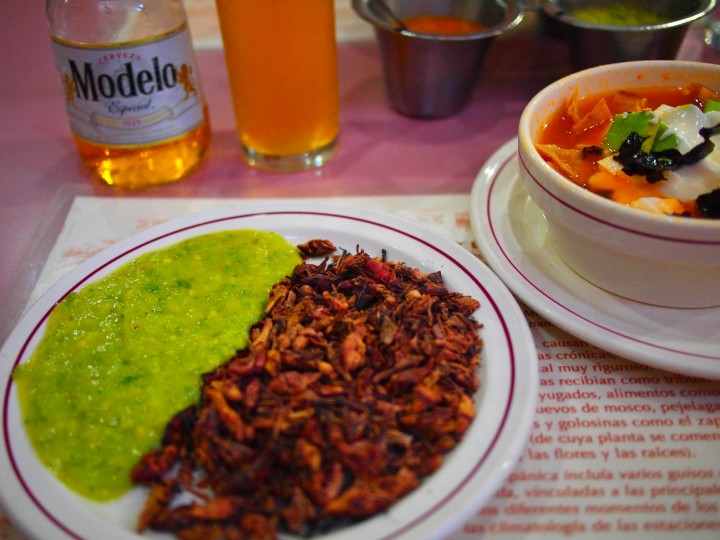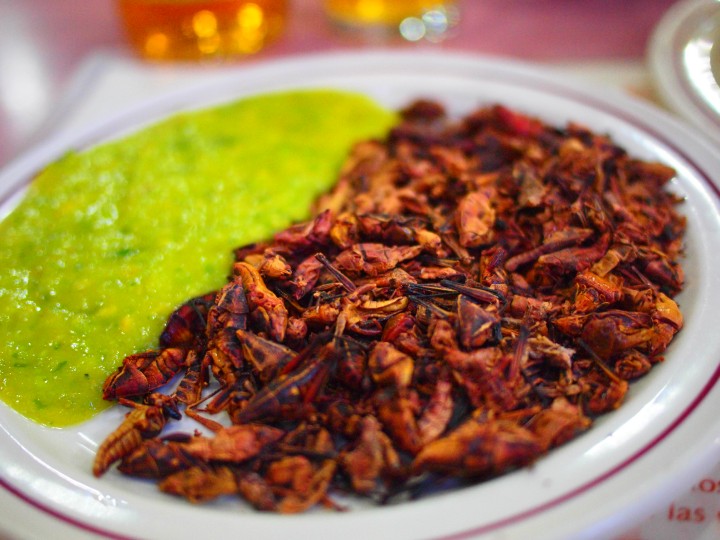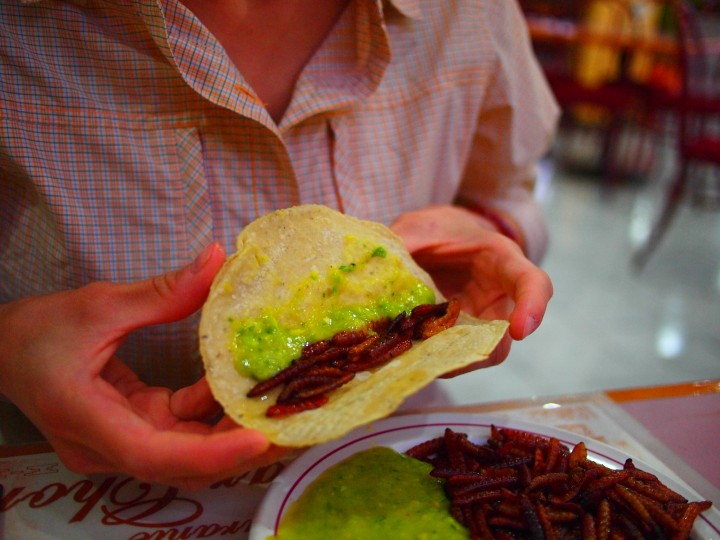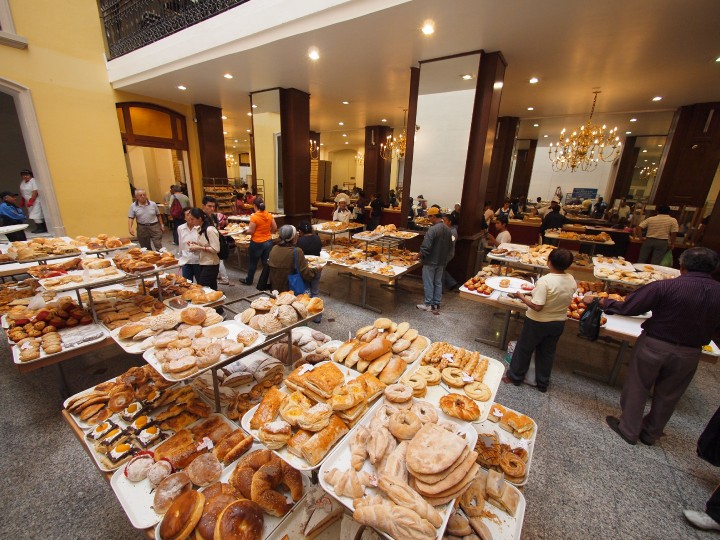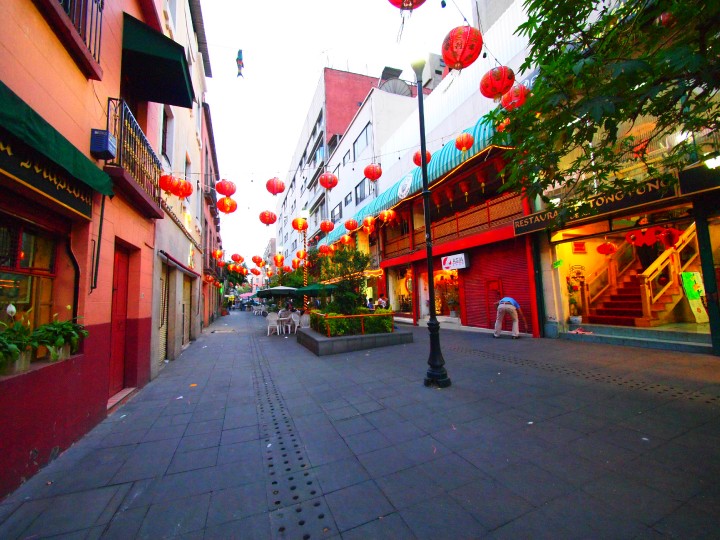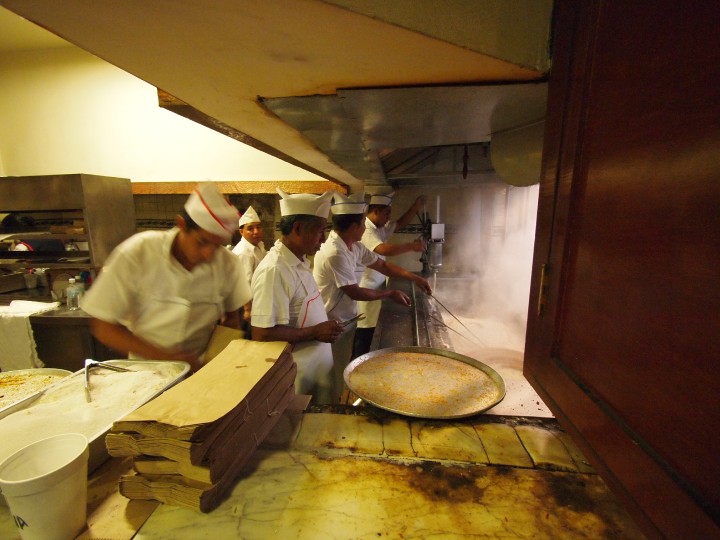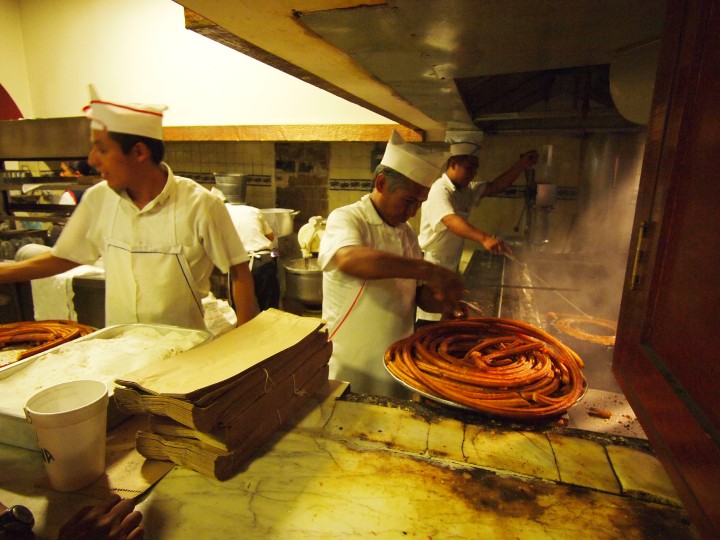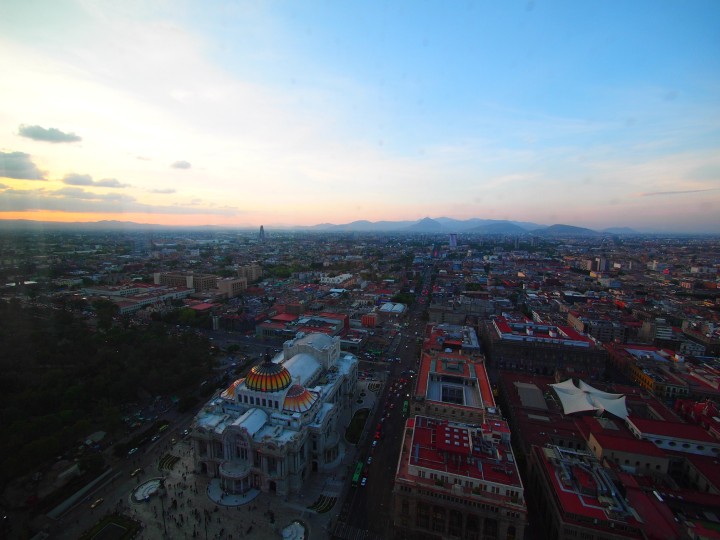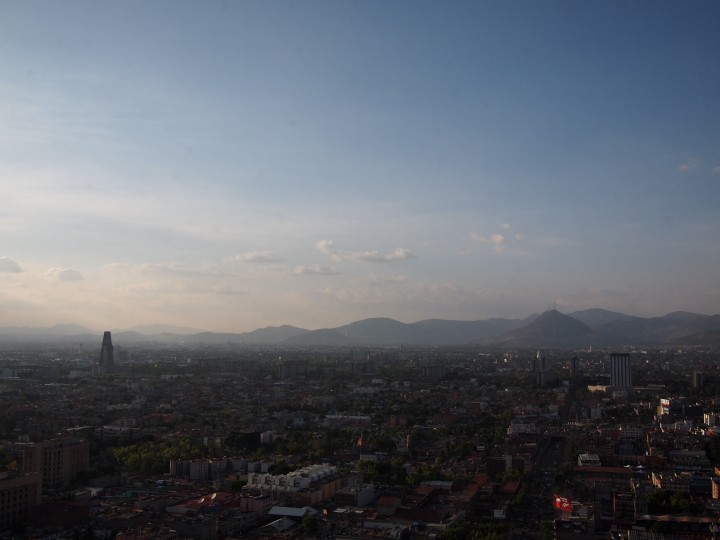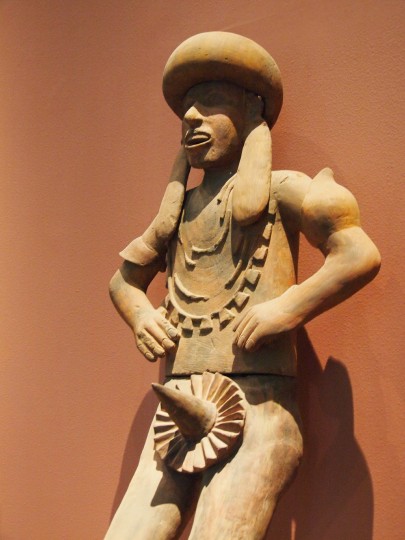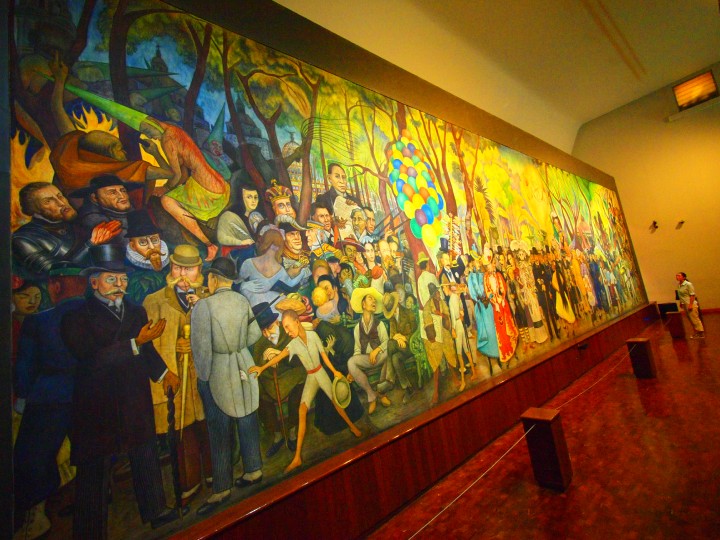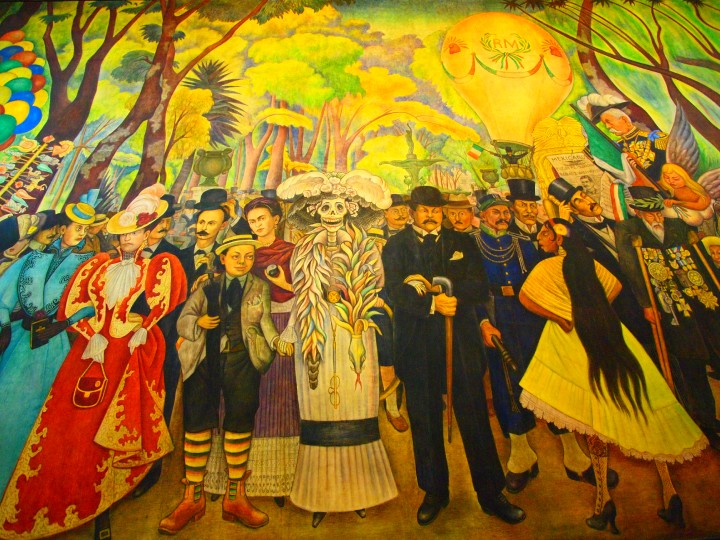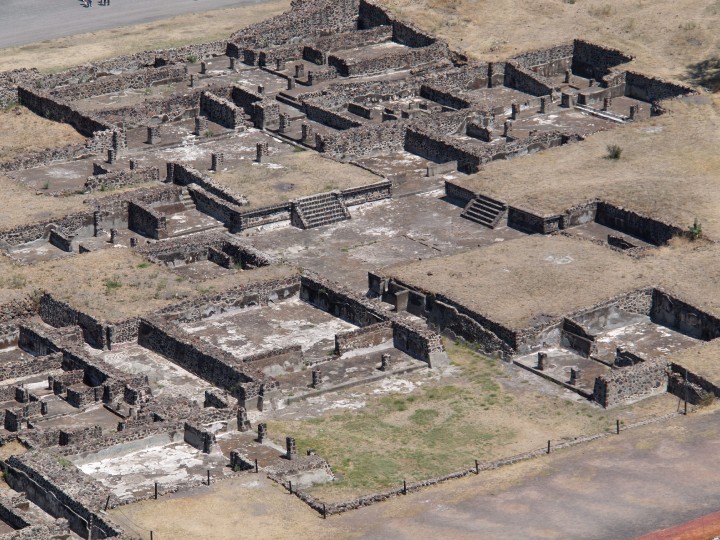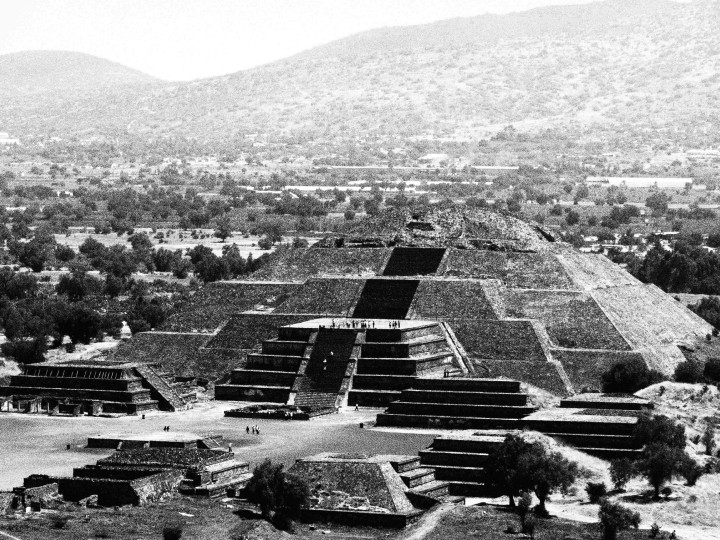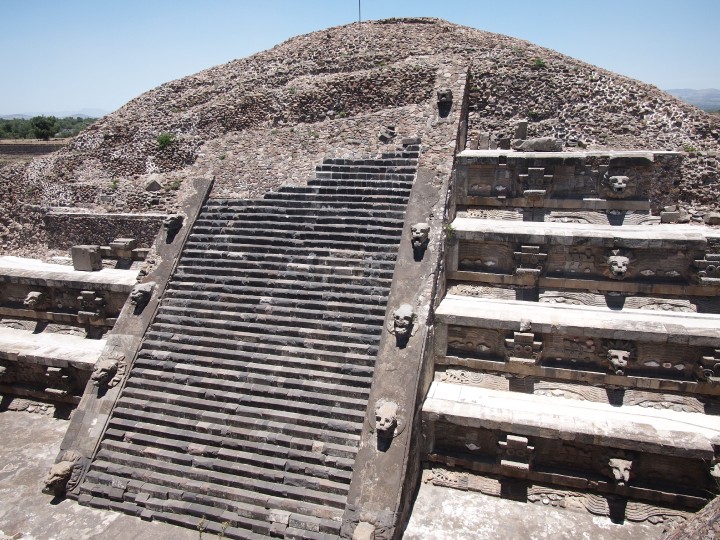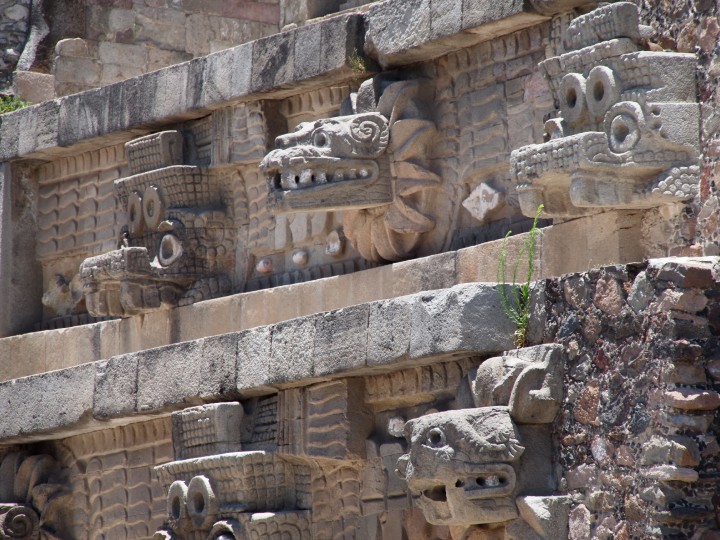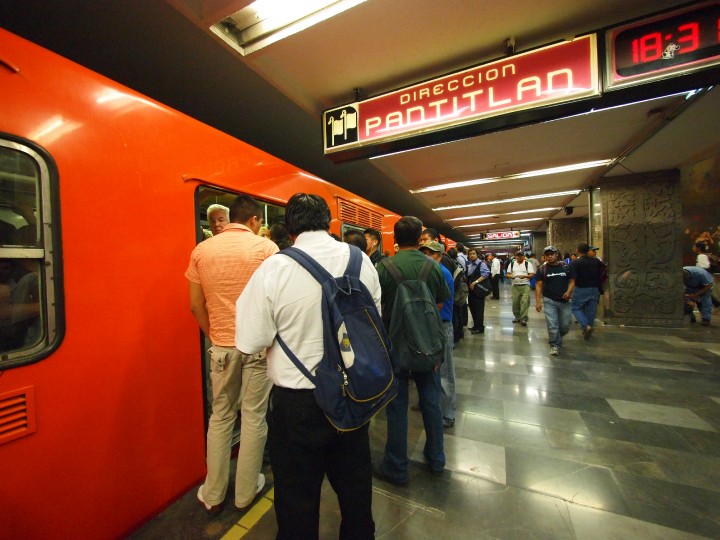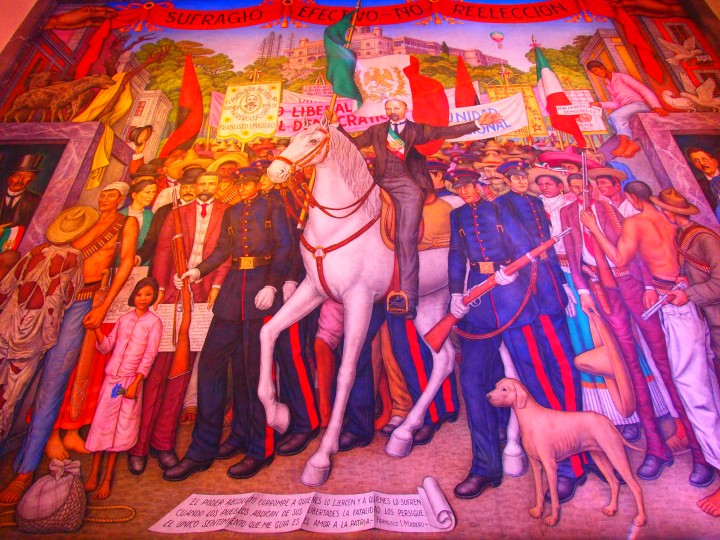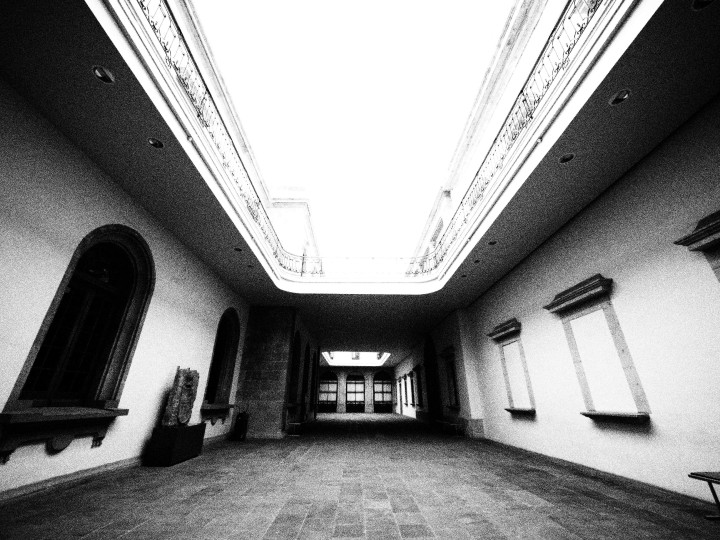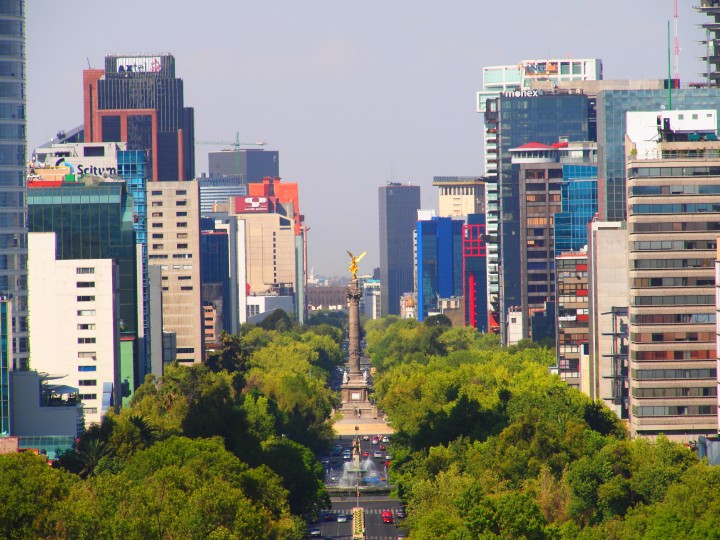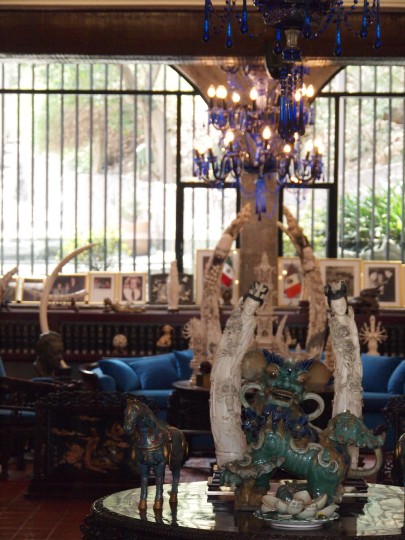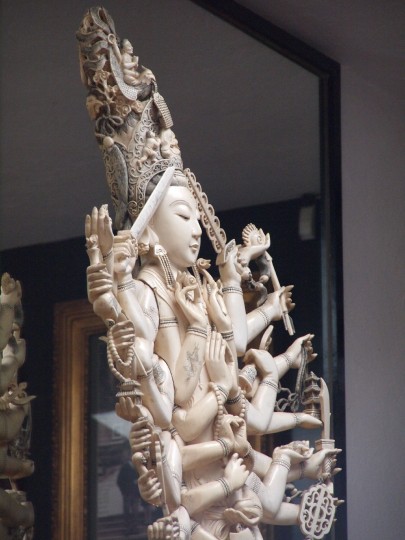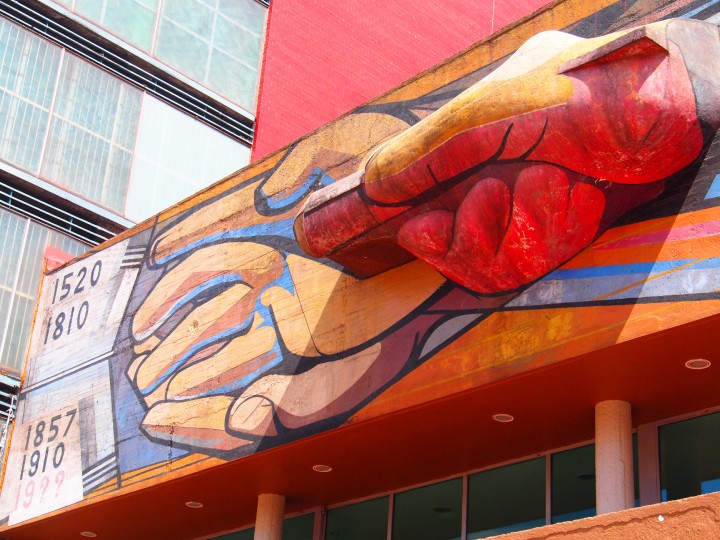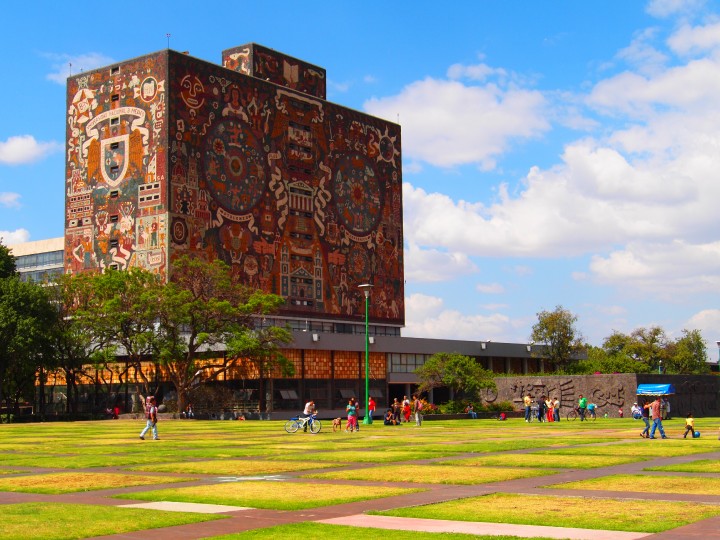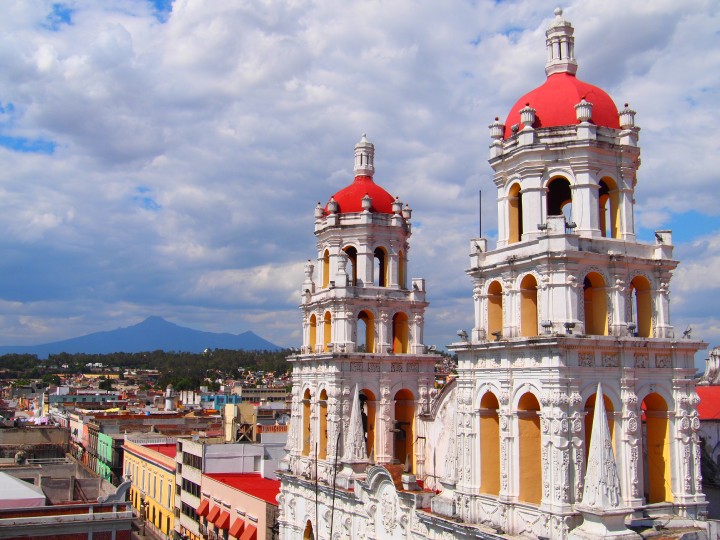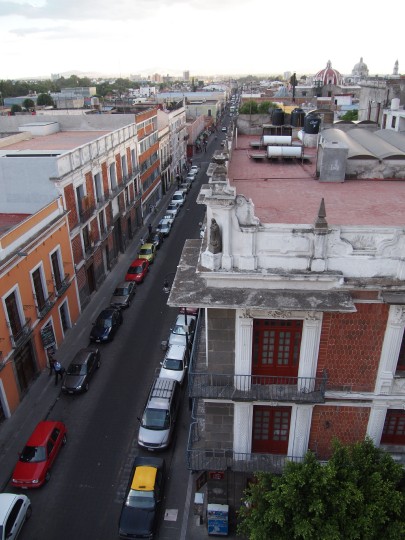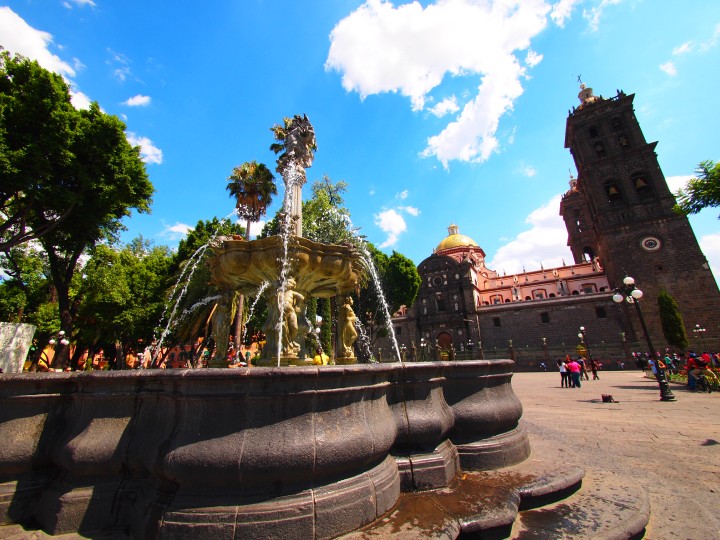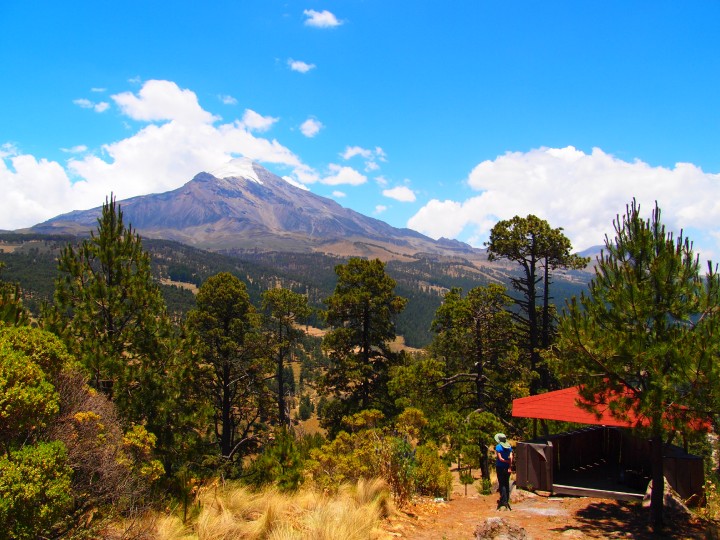You know, one can’t help but filter travel experiences through the lens of your own culture and experience. You step into another way of life, observe the differences, and usually start out thinking “WTF is wrong with these people?!!” At least, that’s what I usually think. Seriously though, when observing things that don’t seem to make sense at first, I find it really interesting to find out the reasoning behind those different approaches. Sometimes those reasons are a window into a better way of doing things, and sometimes those reasons are completely stupid. Either way, here goes a random collection of thoughts and observations as we wrap up our time here in Mexico:
“Rampant Capitalism”
One of the first things that struck me, particularly in Mexico City, is the vast array of ways that people manage to scratch out a living here. Just like any major city in the U.S., there are plenty of beggars and panhandlers, but those are mostly unremarkable.** What I did find remarkable was just how ubiquitous and diverse the sale of random goods is. The concept of a store or shop is way more fluid here, with people selling all sorts of items at red lights, everywhere on the sidewalks, and on the metro. At red lights, most of the sales activity makes sense: cold drinks, fruit, treats, impulse buys for children like coloring books or toys, etc. There’s also the sort of service hobos that wash windshields and such like you also see in the U.S. An addition at red lights that I haven’t seen outside of Mexico though are really elaborate performances done in the intersection while the light is red to try and get collections from cars just as the light turns green. The more interesting examples of this include men who are shirtless with all exposed skin covered in silver paint who juggle flaming stakes or spin flaming knotted rope or cable. Another example we saw was a fire eater. The main concept is that the performances need to be entertaining, and it’s preferable that they’re also dangerous.
Now, a place that the items for sale seemed really random, and often comically so, was on the metro in Mexico City. Again, like any subway in the states, there are beggars, and performers and such, but that is really not very unique. Also not unique are the myriad of food stalls and random shops crowding around metro stations. However, in Mexico City people try to aggressively sell things ON the metro, which is not something I’ve seen routinely in NYC, or Boston, or DC. The juxtaposition of items for sale on the metro was entertaining enough to us that we started keeping a list (this is just a sampling from a couple days of commuting):
- Band-aids
- Nail clippers
- Home made Ben-gay (spelled “Benguey”)
- Quaker oatmeal cookies
- Chocolate covered raisins
- How-to “wiring & electricity” manuals
- “145 of the best classic rock hits” on 1 CD
- Flashlights
- Off-brand Sharpie markers
- WWF (wrestling) magazines
- Mariachi hits on CD
- Lifesavers candies
- Obleas w/ Cajeta (Thin wafers w/ goat caramel)
- Alarm clocks
- Mini screwdriver sets
- Rosary beads
- Decorative multi-colored highlighters
- Earbuds (for ~$2)
- Multi-colored markers

Each of the items above was being hawked loudly by a lone salesperson up and down the train as if their life depended on it. Well, maybe it did. The guy with the rock hits CD had a guitar amplifier strapped to his chest with a discman and was playing The Doors, Rolling Stones, etc. Okay, maybe it was tempting even if I already have the mp3s. And the do-it-yourself electrition man? I mean, would you go with that as your one item for sale to a random sampling of strangers? In the U.S., I think you’d go hungry trying to sell manuals like that. In Mexico though? You know, it’s a very DIY kind of culture, the kind of culture that sells sterile gloves and syringes at Wal-Mart. I can appreciate that mentality, although I think selling the cookies or candy makes a lot more sense. The guy with the WWF magazines actually sold a bunch up and down the train. Weird.
My initial impression taking in the ubiquitous sidewalk stores and foodstalls, aggressive sales at every imaginable opportunity, and shops based out of people’s homes (home restaurants, home-based dental clinics, doctor’s offices, ultrasound/GYN, yikes!) was that this was capitalism run amok. You can’t just open up a shop or a clinic in your living room, can you? Well, it would seem you can. The only thing stopping you is a lack of customers. People seem to be scraping by in these most random of endeavors.
Which brings me to my next thought:
Seemingly disproportionate services:
Mexico, unlike the U.S., is not a land of supermarkets and online shopping. Wal-mart certainly exists here, but it definitely does not dominate. I mean, the super Wal-mart near one of her grandparent’s homes literally has a “Waldo’s Mart” across the street competing. The real competition for the superstores in Mexico though are the very specialized stores that have been largely crushed in the United States by Wal-Mart and the like: hardware stores, butchers, vegetable stands, home goods, toy stores and on and on. This phenomenon warrants far more than a brief discussion, but I’ll try to abbreviate. What I find interesting in Mexico is not so much stores like butchers or vegetable sellers but rather, VERY specialized stores. An example that struck me as odd is a type of store called a papeleria. It’s basically a stationary store, selling envelopes and paper and the like. Sometimes they offer copy services too. I mean, I totally get the need for such things, but it doesn’t seem to make sense when you see several of them close together in really poor areas. I’m thinking, “How many copies do these people need?” Don’t they have more pressing concerns? Well, my best guess is that they take parties more seriously here, especially children’s parties. So, I guess that translates to lots of invitations and decorations. Or maybe they just love making copies. Another example are cerrajeria’s, or keymakers. There are TONS of them. You know, now that I mention it, that is actually a service that makes good sense in Mexico City. The fact is though, these stores are in business, and have often been in business for a long time. I only think initially how a business like a papeleria seems like a really stupid idea that would fail, but they seem to be a necessity here.
Prevention vs. Enforcement
 There’s a saying in Spanish: “Mexico es el mundo de los topes.” Topes (TOH-pehs) are large speedbumps…. speedhumps I guess, and the saying is that Mexico is the world of these things. They really are ubiquitous. Small towns. Big cities. Neighborhood roads. Highways. Usually, there are signs that warn of their presence, but sometimes there aren’t. There are single topes, douple topes, concrete topes, metal topes, topes that just rattle your car, and topes big enough that the undercarriage gets dragged against them. You know what they’re for, to get cars to slow down. How slow? How the hell should I know there’s usually no sign posted, just slow. And the thing is, they work, people slow down, even maniacal Mexico City drivers. You really have no choice unless you’re trying to wreck your car. After some long drives through the Mexican countryside through all sorts of settings, I thought about this a little. I saw plenty of police (don’t mess with these guys, they have ski masks and machine guns), but I don’t think I ever saw a single driver pulled over for speeding. Take a couple hour drive on an American highway (particularly in the south) and you’re likely to see a few people pulled over. I described to our hiking guide Oso the concept of a speed trap (insignificant towns, often in the southern U.S., that manipulate the speed limit for their jurisdiction and then enforce aggressively to generate local revenue) and he agreed that such a thing definitely doesn’t exist in Mexico. As it turns out, Mexican cops prefer bribes over writing tickets for infractions anyway, but it seems that enforcing a speed limit doesn’t occupy a lot of their time. If speeding is a problem in an area, just install topes… they’re cheap and they work 24/7. I’m not sure how I feel about this approach, but I guess it really is more equitable than the often arbitrary enforcement of speed limits on U.S. roadways.
There’s a saying in Spanish: “Mexico es el mundo de los topes.” Topes (TOH-pehs) are large speedbumps…. speedhumps I guess, and the saying is that Mexico is the world of these things. They really are ubiquitous. Small towns. Big cities. Neighborhood roads. Highways. Usually, there are signs that warn of their presence, but sometimes there aren’t. There are single topes, douple topes, concrete topes, metal topes, topes that just rattle your car, and topes big enough that the undercarriage gets dragged against them. You know what they’re for, to get cars to slow down. How slow? How the hell should I know there’s usually no sign posted, just slow. And the thing is, they work, people slow down, even maniacal Mexico City drivers. You really have no choice unless you’re trying to wreck your car. After some long drives through the Mexican countryside through all sorts of settings, I thought about this a little. I saw plenty of police (don’t mess with these guys, they have ski masks and machine guns), but I don’t think I ever saw a single driver pulled over for speeding. Take a couple hour drive on an American highway (particularly in the south) and you’re likely to see a few people pulled over. I described to our hiking guide Oso the concept of a speed trap (insignificant towns, often in the southern U.S., that manipulate the speed limit for their jurisdiction and then enforce aggressively to generate local revenue) and he agreed that such a thing definitely doesn’t exist in Mexico. As it turns out, Mexican cops prefer bribes over writing tickets for infractions anyway, but it seems that enforcing a speed limit doesn’t occupy a lot of their time. If speeding is a problem in an area, just install topes… they’re cheap and they work 24/7. I’m not sure how I feel about this approach, but I guess it really is more equitable than the often arbitrary enforcement of speed limits on U.S. roadways.
Another area that this mentality seems to be applied is for loitering. If a business in the U.S. has a problem with loitering outside, they might post a sign. If someone is a nuisance, police might be called. It’s a difficult thing to enforce right? Well in Mexico, they seem to have really perfected a variety of loitering deterrent construction methods. They generally involve spikes, very unpleasant shaped metal, and even broken glass and concrete. They’re the kind of landscape additions that say “make yourself comfortable, stay as long as you’d like.” This is something I can appreciate… come in, do your business, then get they hell off of their sidewalk. It also means hooligans won’t be sitting around on planters or ledges or whatever ready to pounce as you stroll by.
Unrealistic Optimism
 Mexican (and for that matter Latin American) architecture has some signature qualities that, even from a distance, remind you that you’re not in Kansas anymore. Almost uniform use of cinder block and stucco as building materials. Each building a different muted (or maybe very unmuted) pastel shade. Ok, sometimes they don’t have any paint on them at all. Oh yeah, and depending on the neighborhood, maybe sheet metal roofing…. it’s a great look. But there’s one element that I noticed everywhere that I wondered about. Why is there steel rebar sticking out of every damn structure everywhere? On concrete fences, garages, and practically any house of one or two stories. Three story houses, well, there’s not as many of them, but they generally didn’t have the rebar. What’s it there for? Why don’t they just cut it and clean it up? Are the construction workers that lazy? Are they really paranoid about lightning?
Mexican (and for that matter Latin American) architecture has some signature qualities that, even from a distance, remind you that you’re not in Kansas anymore. Almost uniform use of cinder block and stucco as building materials. Each building a different muted (or maybe very unmuted) pastel shade. Ok, sometimes they don’t have any paint on them at all. Oh yeah, and depending on the neighborhood, maybe sheet metal roofing…. it’s a great look. But there’s one element that I noticed everywhere that I wondered about. Why is there steel rebar sticking out of every damn structure everywhere? On concrete fences, garages, and practically any house of one or two stories. Three story houses, well, there’s not as many of them, but they generally didn’t have the rebar. What’s it there for? Why don’t they just cut it and clean it up? Are the construction workers that lazy? Are they really paranoid about lightning?
Well, as it turns out, this is pretty much the norm everywhere because if they leave it like that, you’ll be able to build on top of it in the future. Listen, I’m not trying to be a jerk here but I’ve gotta point out something obvious. That one story villa you’ve got there with the sheet metal roof…. it’s probably not ever gonna be a two story villa. That stand alone garage…. ummm… (in the U.S. we’d call it a carport)…. I don’t think anything is ever gonna be built on top of it. That ten foot concrete wall around your property with broken glass on the top…. it’s not ever gonna need to be built higher. Just cut the rebar, seriously. It really looks terrible. Be the first one on your block. Just cut it.
PDA
On an average day strolling through a major American city, how many people would you expect to see making out in random public areas? I’m not saying you’d see none, but I think it’s a fair possibility you’d see none. Depends on the area and time I suppose, but we’re talking midday and sidewalks, benches, restaurants, on the metro, in the median of a major intersection in traffic. In Mexico City, there really seems to be a lot of this. I think it was sort of mentally cataloged as I’d notice it in odd places, but the real WTF moment for me was on the metro one day. Sitting across from me is an older couple. Actually, let’s go with elderly couple. At least seventies, with the man looking his age (edentulous) and the woman fairly fixed up. As they’re about to disembark, the lady takes the man by the hand gently and makes a gesture that I imagine would result in a light kiss. But no, they start tonguing right there on the crowded metro and getting all into it! Listen, it’s no big deal to see really aberrant behavior in a big city. It’s sometimes sad, sometimes disgusting, and usually entertaining, but it’s no big deal. The thing is, what makes it aberrant is that the same exact behavior isn’t seen all the time. Then it’s just normal. PDA in completely random public areas in Mexico City: I’m gonna call it normal. Why? Well, how the hell should I know? Maybe they are more passionate than us. Maybe they recognize how chaotic and dangerous this world is and love with every ounce of their being and treat every minute as though it were their last. Or…. maybe they just don’t have the same social boundaries and care that they’re grossing out everyone else on the train.
**I realized there was one hobo story that I wanted to tell. Ok, so we are having some afternoon coffee and bread with her grandparents at a restaurant called Sanborn’s. Think: Mexican Village Inn, or something like that. We’re in the historic district, and Sanborn’s there is in an historically significant building with plenty of foot traffic in and out. If you want a picture of the setting, check out in our Mexico album the picture of her grandparents eating ice cream together. That’s the place. Anyway, we’re sitting there enjoying our afternoon snack, and from my periphery emerges a dirty, haggard figure, dragging one leg behind him, with maybe a dozen or so beautiful red roses in one hand. He heads straight for her and her grandmother, and I imagine the scam already. I never make eye contact with touts or hobos, so I haven’t really taken him in completely when he’s already upon her. Well, to my horror, she allows herself to take hold of one of the roses that he placed in her hand. I wouldn’t have cared if it was a damn bar of gold, it was have just hit the floor if it were me. (See SNL video “I threw it on the ground”) But here we were. She AND her grandmother have roses in their hands when we were just enjoying our coffee, and the man is starting to babble about what I can safely assume is a demand for money. He looks at me. I look right through him. I give him the look that I like to think transcends language barriers and communicates “you don’t exist to me and I care nothing for your demands.” But this guy is persistent… and mean. And his appearance…. think…. Mexican Charles Manson….. combined with a male version of the gypsy lady from “Drag Me To Hell.” He was pretty creepy, but he wasn’t getting one damn peso and he could just take his stolen roses elsewhere. Eventually, he did. He worked the same routine on a couple old ladies on the other side of the restaurant (they were having none of it), and then he was gone. I asked her what the hell he was jabbering on about. Well, first thing, apparently he was telling me to quit acting stupid and to just give him some damn money. Hmmmm ok. Second, as he was leaving he said (all creepy like) that he put a curse on us and something really bad was gonna happen to us. I knew this guy was from Drag Me To Hell! Seriously though, we might be totally screwed and it’s gonna be really hard to track him down to lift the curse.
Ok, well this wraps up our time in Mexico for now. We’ve spent the last couple days hanging out with family and checking off a few last “to see” items from our list. Today we went to the Anthropology museum and also an art museum that has a Diego Rivera mural. We’ve definitely enjoyed our time here in Mexico, but now it’s on to the next stop: Moscow.

